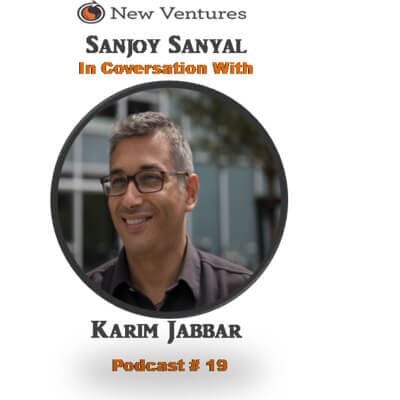

Verification of carbon credits takes time and effort, so only large project developers have been able to invest in the upfront costs of carbon credits. Solstream’s algorithm tracks the small quantities of solar electricity produced by millions of solar home systems distributed across vast rural areas and converts them into carbon credits. These credits are now digital assets which can be sold by the solar home system company or held on as a digital asset whose value should come up as more large companies make net zero declarations. These carbon credits should be more valuable than that produced by a large renewable energy farm because they have social benefits as well. They help rural children study better and prevent the noxious fumes of kerosene. Their use avoids deforestation which helps communities be more resilient to climate change.
Listen to this podcast as Karim Jabbar takes time to explain the geeky technology used by Solstrom. The electricity generated by these small solar systems are assessed real time by tracking the small amounts of money consumers pay on these pay as you go systems and then using an algorithm that has been verified by DNV. The number crunching is done on a distributed ledger system (like in blockchains) which ensures that the system is tamper proof and that it can go on functioning even if Solstrom goes under.








